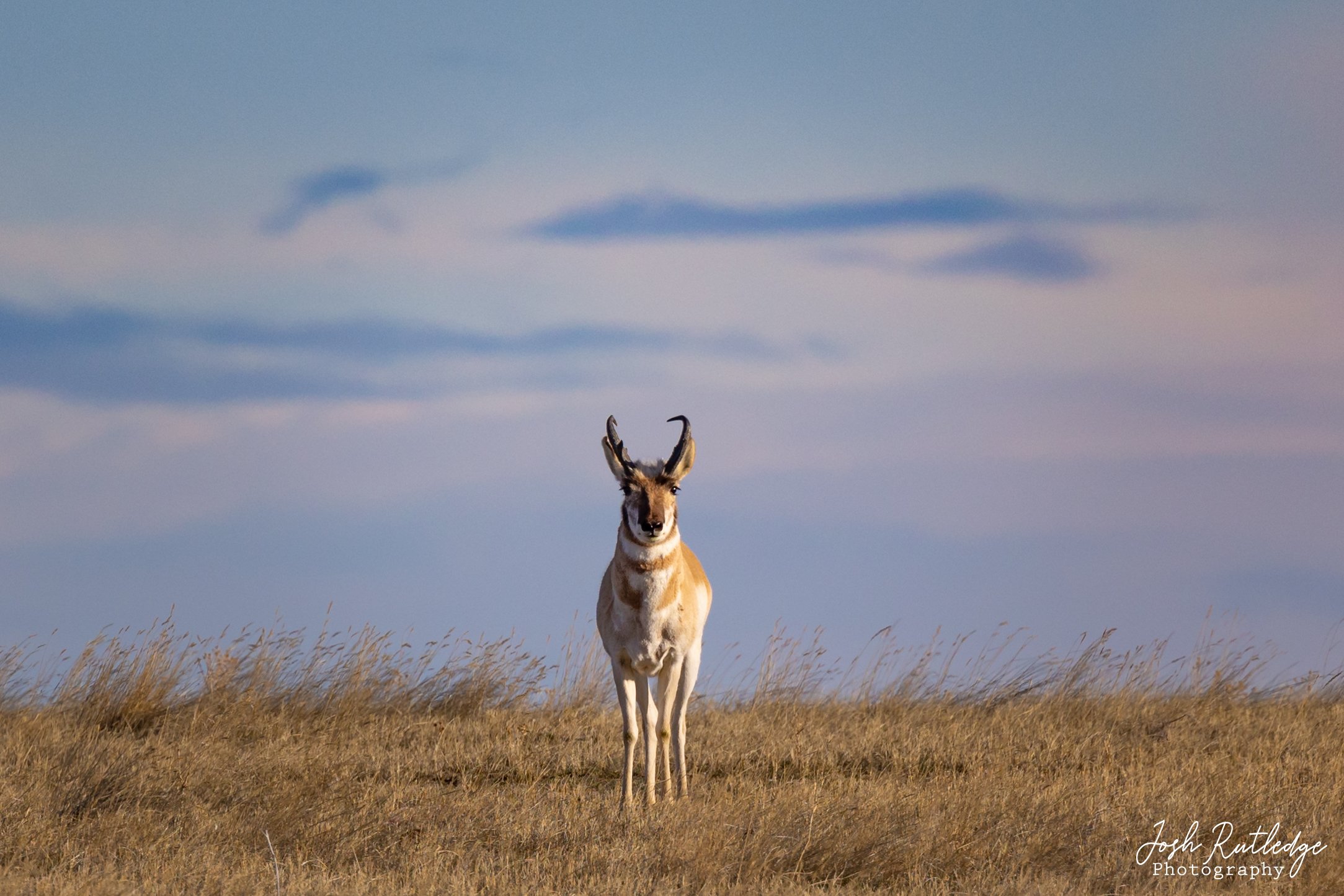Spring Greater Sage-Grouse
Male Greater Sage-Grouse displaying on the lek.
I had the chance to spend last weekend (4-8/9-2023) with the Greater Sage-Grouse out on their lek in Central Montana. As always, we had an awesome time. There were a little over 40 grouse on the lek which I would say is about average. So that was good to see, being a species of concern, I always worry that some spring I am going to see a decline in their numbers.
The first morning out was fairly cool and we had fairly cloudy skies at sunrise. I am always hoping for at least a little bit of direct sunlight in the morning to help and get some more detailed shots of the birds. We did eventually get a little sun peaking through near the end of the morning, so that was good. We ended up being positioned just a little farther away than I had hoped. While the lek is always in the same general location year to year, where exactly the birds are going to be is always a little bit of a mystery.
Male Greater Sage-Grouse backlit by the morning sun.
The second morning was very dusty on the lek and we had kind of hazy skies, so it made for some interesting conditions to photograph in. I had also positioned myself a little differently on the lek the second morning hoping to get some backlit birds, as I always like that look when it works out. I would say with the conditions being what they were, it was probably a little bit good and a little bit bad.
I walked away with a few pictures I was happy with, but I don’t think I created anything new this year that was better than previous years. If you are new to my blog, you can look back at these older posts from years past for some comparison. Sage Grouse March 2021, Sage Grouse April 2021, and Sage Grouse April 2022.
I was primarily shooting with my Canon R5 with the Canon EF 600mm F4 version 2 lens with and without the Canon 1.4x version 3 teleconverter. I also took a few shots with my Canon R6 and the Canon RF 100-500 lens. Please checkout the gallery below for more of the photos from the weekend.
After the first morning out with the sage-grouse I decided to go look for some Ruffed Grouse. Winter has been lingering here in Montana this year, so I was not really able to get into the spots I was hoping to, because the snow was still too deep. I did eventually find a single ruffed grouse, but it was not interested in displaying for me. I am hoping later this spring to maybe get out and try again.
Ruffed Grouse.








